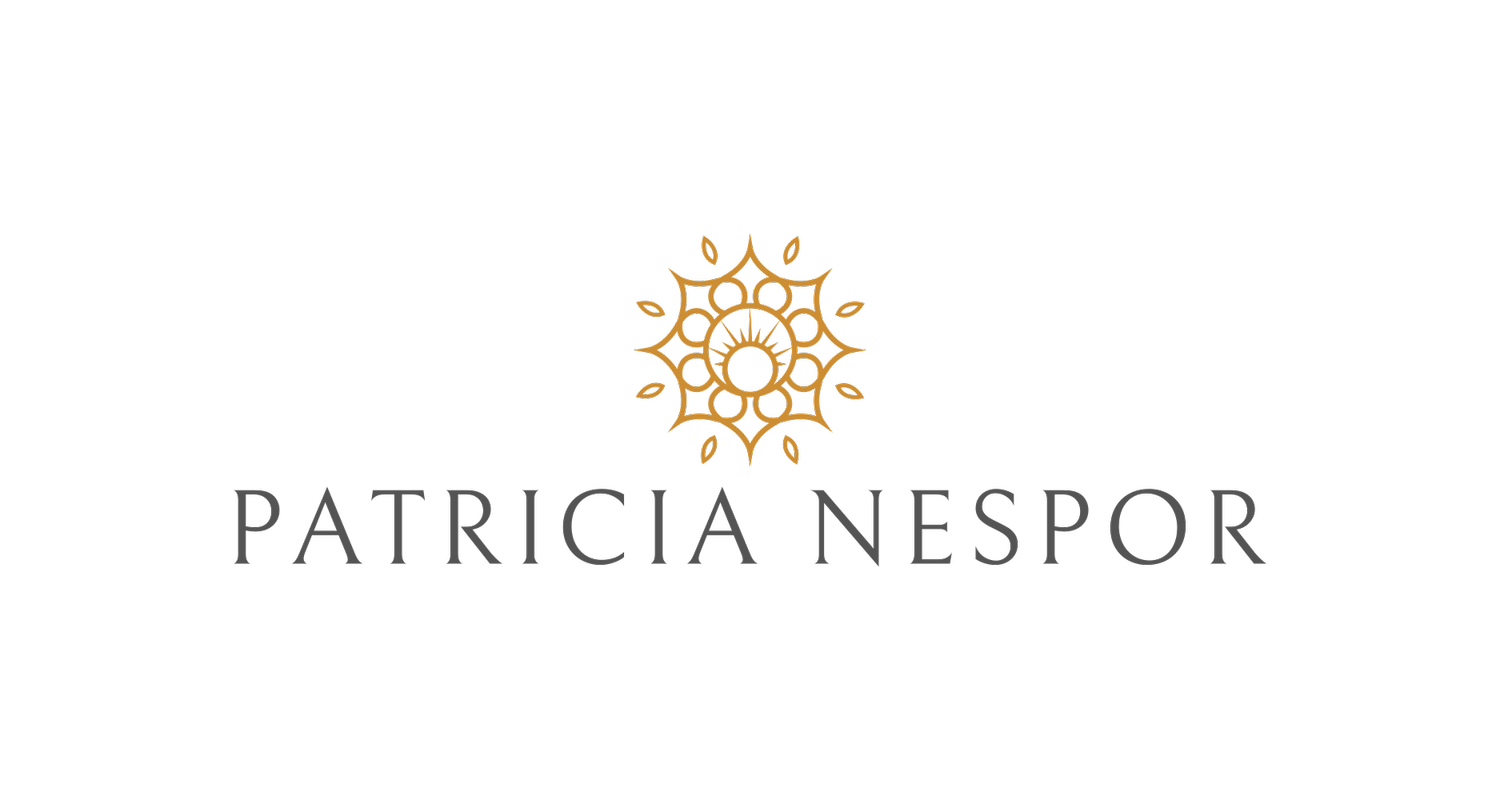How to Balance the Doshas with Movement
About 15 years ago, my two sisters and I, who were all living in different parts of the U.S., met for a sisters’ weekend in Draper, UT, where the older of my sisters was living at the time. Among other adventures, we went to a group yoga class at my sister’s gym. I don’t remember whether the class was listed as beginner-level or intermediate, but I do remember that the other students were a lot younger than my sisters and me. The class was replete with complex vinyasa sequences, high-lunge twists, Warrior 3 variations, donkey-kick handstand preparations, and I can’t remember what else, but probably Pincha Payurasana and possibly levitation—I mean Tolasana. About 15 minutes in, both my sisters rolled up their mats and their eyes, stage-whispered that they’d meet me at the pool, and bailed. I do not wish to incur the wrath of power yogis or my sisters. (I love my sisters. And Tolasana.) I’m just saying that “yoga class” and even “vinyasa yoga class” can have a variety of meanings—which is why many studios offer introductory classes free or for a reduced fee. While we can’t always know how a particular class will be structured and cued, we can target the types of classes that will be more beneficial for our dominant doshas. Here are some guidelines for balancing the doshas with movement, especially in yoga classes.
To balance Kapha, with her gifts of physical robustness and tendency toward heaviness, more challenging flow yoga (yes, of the type I describe above), dance, and aerobic exercise can help to maintain a healthy weight, enhance metabolism, improve circulation, and lighten mood. More vigorous breathing practices (pranayama), such as bellows breath (bhastrika) can help to support healthy respiration and counteract lethargy in the Kapha-predominant constitution.
Pitta-dominant types may be drawn toward hot yoga, exercising at noon on a hot day, and competitive exercise because “like” attracts “like.” But, for the same reason, hot and aggressive exercise will just make Pitta types hotter and more aggressive. However, Pitta-dominant types will find balance in gentle yoga flows and restorative yoga classes. Sheetali and Sheetkari are breath practices that Pittas may find helpful, particularly in warm weather, as they reduce inflammation and cool the mind. Even in gentle classes, Pittas can become hyperfocused, competitive, and irritable (when is this posture/class/meditation going to be over? I’m hungry, and I’ve got sh@t to do!). So, it’s important for Pittas to set an intention to stay in a receptive state of mind, avoid comparison, and practice self-compassion.
Vata likes to move, but Vata-dominant types can become depleted by classes that require extreme endurance (eg: the movement portion is taxing and lasts longer than an hour). In contrast, Vatas will benefit from classes that include gentle, breath-focused movements that entrain the mobile quality of Vata and from restorative practices that ground and nurture. A class that starts with a breath-inspired flow and then spends the last third or half of the class in restorative postures would allow Vata to first regularize her energy and then relax and restore.
The book Yoga & Ayurveda: Self-Healing and Self-Realization by David Frawley discusses the Ayurvedic effects of some specific yoga postures. There are many more postures, postural modifications, and breath practices than are listed in that book. An Ayurvedic Yoga Specialist (eg: me) can provide one-on-one coaching to help you learn postures and sequences to correct your current imbalances.
